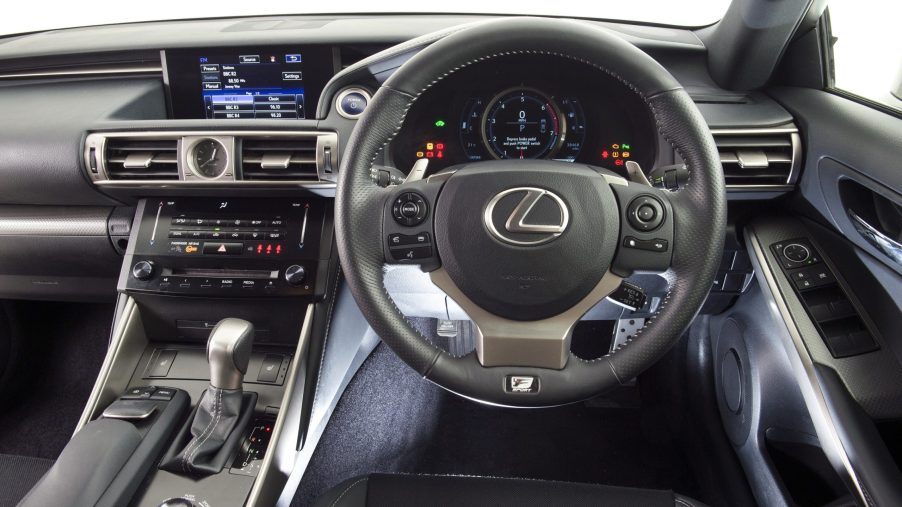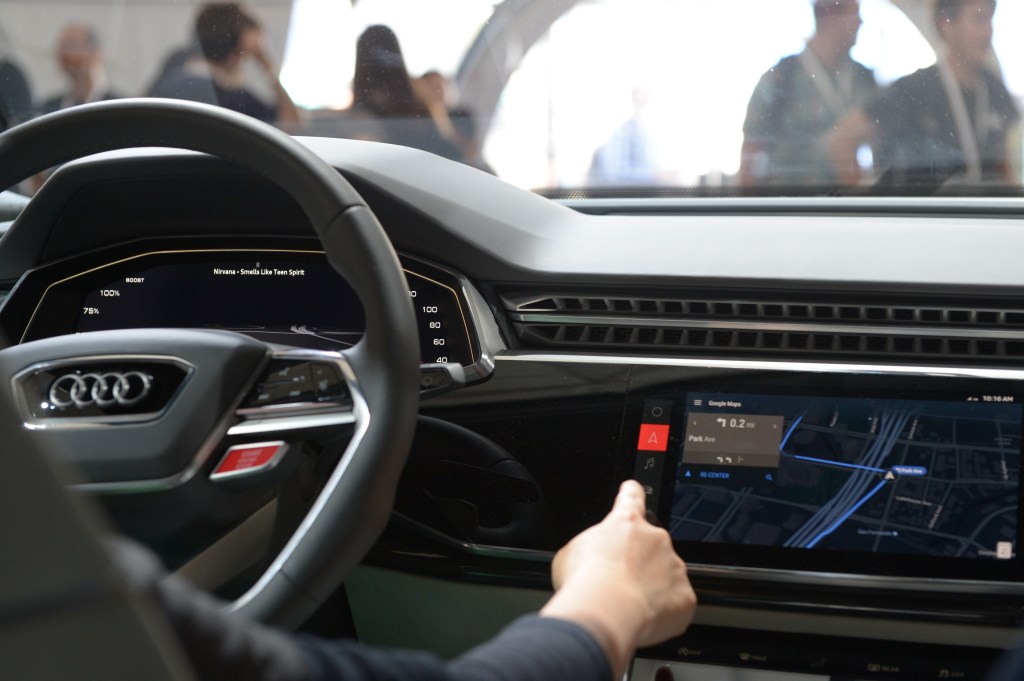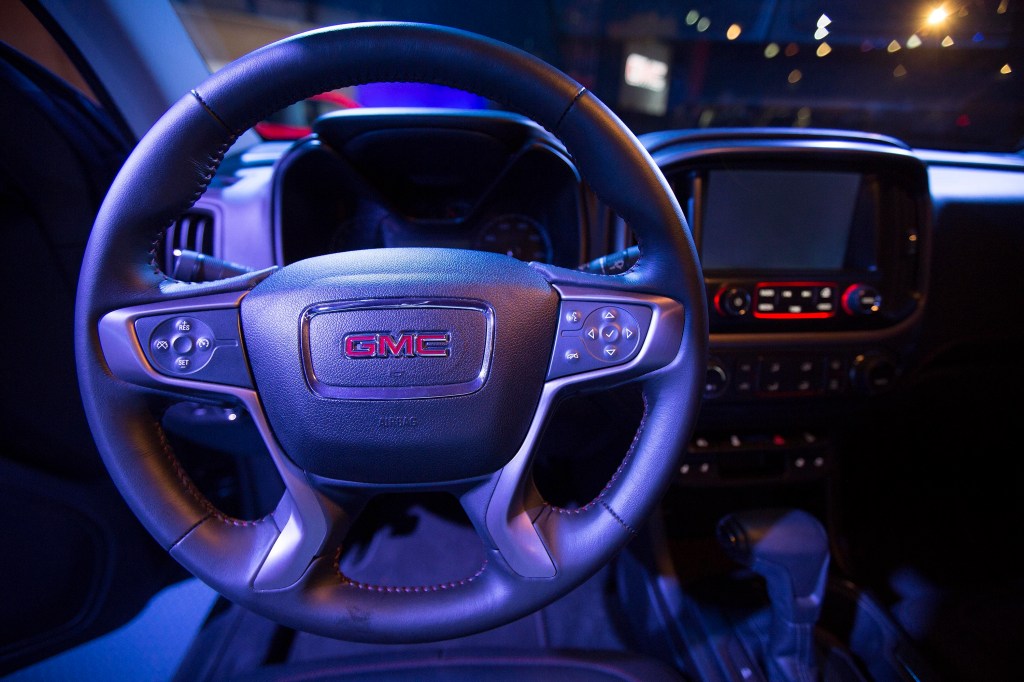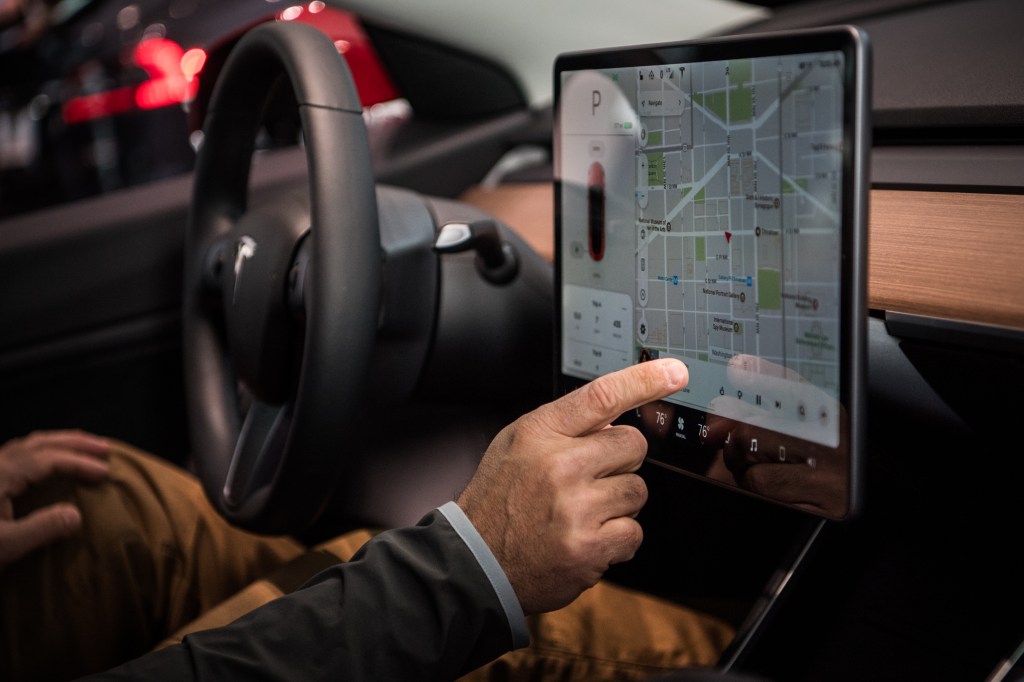
Touchscreens in Cars Are Still Slow, but Not for Long
A competent touchscreen is a huge point of consideration for consumers when car buying. Unfortunately, a good system can be hard to find, especially in used cars. This is due largely to the rapid advances in screen technology over the last several years. Happily, automakers are starting to turn things around and update their old, outdated screens in favor of newer, more user-friendly models.
Consumers expect smartphone-like interiors

Think back to your first smartphone. For many, it was the O.G iPhone. Back then, the first iPhone seemed like something straight out of Star Wars movies. Now, phones are even more responsive. As a matter of fact, that’s likely why most people upgrade their phones. If one model gets too slow they move on. Unfortunately, this isn’t the reality for most people with older cars. If the touchscreen in your car sucks, it’s probably worth it to just deal.
This is partly why manufacturers have been getting away with subpar infotainment responsiveness in newer models. A car may not sell well, but it’ll live on in the used market regardless of its screens. Some of the biggest culprits of this are Toyota and Lexus. Lexus’ system has remained largely unchanged from as far back as 2014. Unfortunately, it’s often a question of money for automakers looking to upgrade their in-car touchscreens.
Money plays a big role in touchscreen updates

The development of anything in a new car is expensive. There’s dozens of regulations that must be met across the globe for both safety and crash protection, inside and out. As a result, the aging touchscreen in a GMC, for example, may not be replaced until absolutely necessary. Thankfully, the cost is somewhat negated by the accountants as long as the cost is baked into the development of a whole new vehicle.
This is especially the case in larger conglomerates, like Volkswagen and GM. GM’s new infotainment is now in just about every one of their new models. This is because the overall cost of that new touchscreen is negated by it being in every GM car produced under the sun. This is where “smaller” manufacturers like Toyota and Lexus get hurt. They don’t have the massive spread of models like the Volkswagen Auto Group or GM to help negate costs.
Automakers are starting to catch on

One of the long-standing exceptions to this is Tesla. They were arguably one of the first brands to notice when consumers said they wanted smartphone-like infotainment. To this day, Tesla’s system is one of the best on the market, yoke wheel or not. It could be argued that this change from Tesla is what spurred on other automakers to make changes in their infotainment. Toyota and Lexus are finally updating theirs, and the Volkswagen Auto Group has had a new unit for the last few years. With any luck, this trend will continue to spread throughout the industry and benefit consumers.


